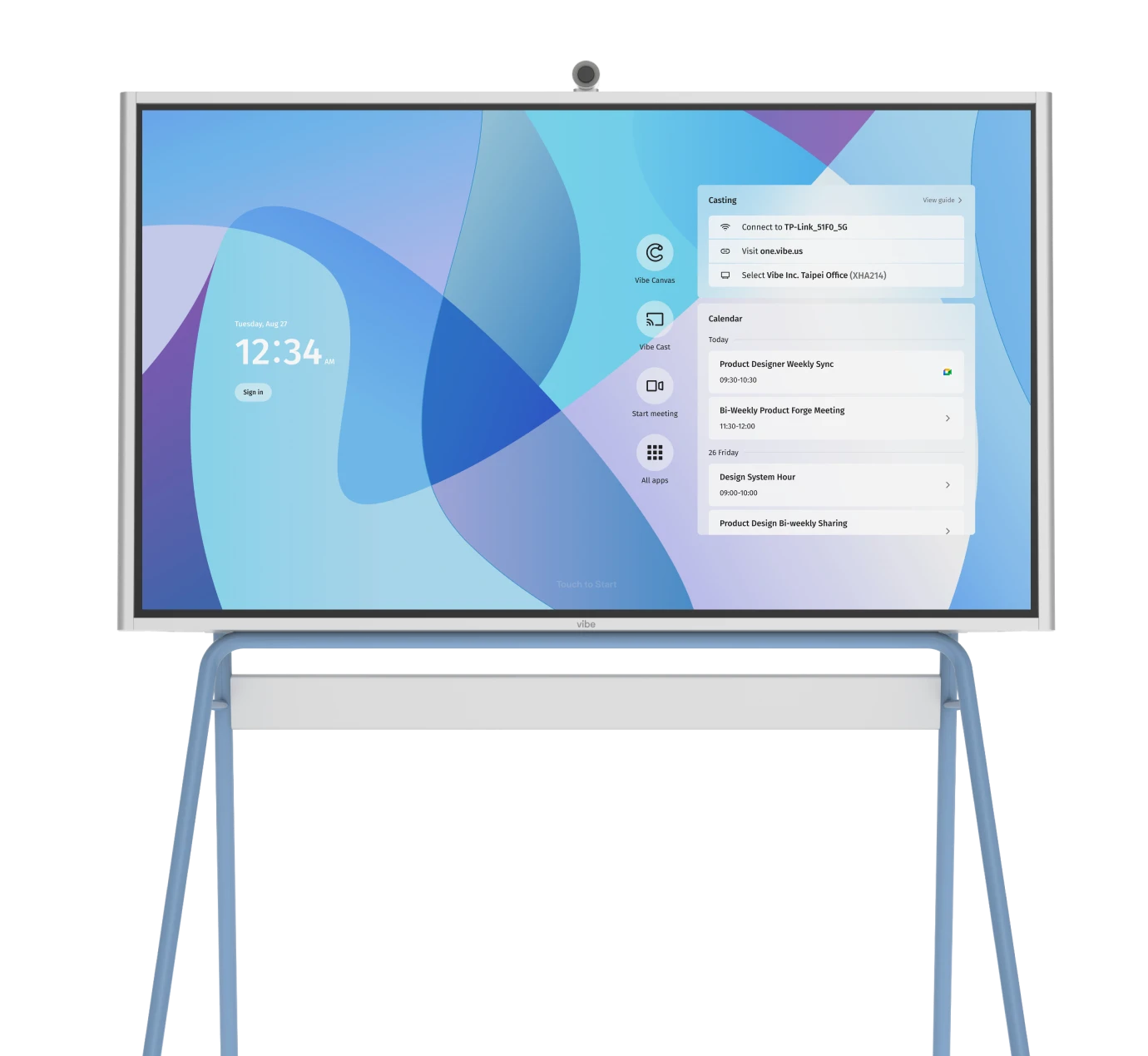Modern workplaces are evolving rapidly. Gone are the days of static cubicle farms and rigid office structures. Today’s most innovative organizations are embracing smart workspaces—environments that leverage technology to enhance productivity, improve employee experiences, and adapt to changing work patterns.
What is a Smart Workspace?
A smart workspace integrates advanced technologies to create an environment that responds intuitively to the needs of its users. It combines cutting-edge technologies and other digital tools to optimize every aspect of the working environment. These spaces go beyond simply adding technology to existing offices; they fundamentally reimagine how work happens by creating seamless experiences that adapt to employee needs rather than forcing employees to adapt to static environments.
 Professional annotating document on Vibe Board S1's split screen, with meeting participants visible on right side while she writes notes on shared presentation on left.
Professional annotating document on Vibe Board S1's split screen, with meeting participants visible on right side while she writes notes on shared presentation on left.Unlike traditional offices, smart workspaces collect and analyze data about how spaces are used, environmental conditions, and employee preferences. This intelligence allows the workspace to automatically adjust lighting, temperature, and even space configurations to maximize comfort, efficiency, and collaboration.
Why Are Businesses Interested in Smart Workspaces?
The surge in interest around smart workspaces isn’t just about following the latest trend. Organizations face unprecedented challenges: supporting hybrid work models, attracting talent in competitive markets, reducing operational costs, and meeting sustainability goals.
Smart workspaces address these challenges head-on. They enable businesses to optimize their real estate investments by understanding exactly how space is being used. They help attract and retain top talent by creating environments that prioritize employee well-being and flexibility. And they contribute to sustainability initiatives by dramatically reducing energy consumption through intelligent automation. Perhaps most importantly, smart workspaces provide the agility businesses need in an uncertain world. When market conditions, employee expectations, or work patterns change, these intelligent environments can adapt quickly without requiring expensive renovations or disruptions.
Benefits of Adopting Smart Workspaces
Enhanced Productivity and Collaboration
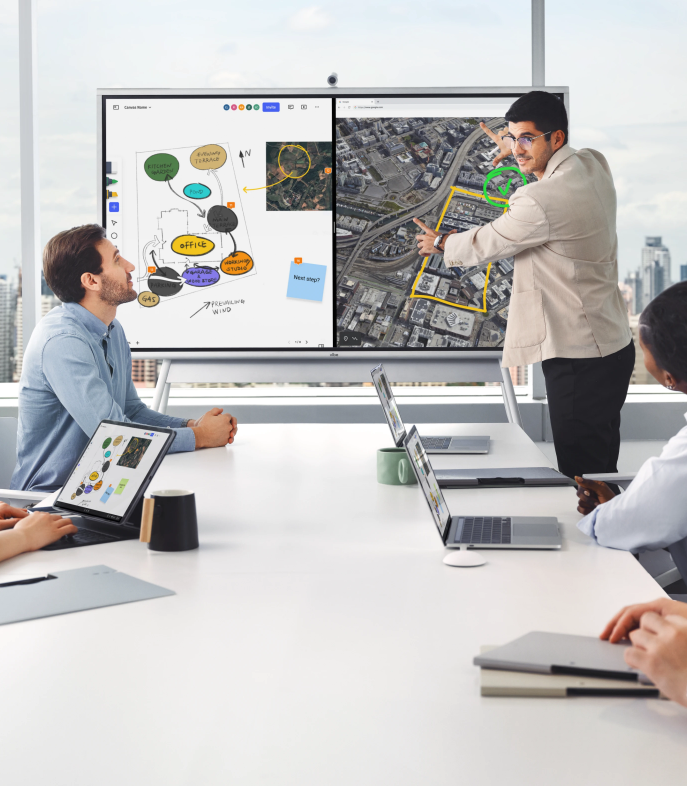 Team gathered around Vibe Board S1 during meeting, annotating ideas on digital canvas while collectively contributing to enhance collaboration on the shared workspace.
Team gathered around Vibe Board S1 during meeting, annotating ideas on digital canvas while collectively contributing to enhance collaboration on the shared workspace.Smart workspaces eliminate friction from everyday tasks, allowing employees to focus on meaningful work rather than administrative hurdles. Integrated technologies streamline operations and automate mundane processes, freeing up valuable time and mental energy. Collaboration tools like interactive whiteboards and unified communication platforms make teamwork seamless, whether team members are in the same room or distributed across different locations.
Improved Employee Experience
The employee experience is at the heart of smart workspace design. These environments prioritize comfort through personalized settings for lighting, temperature, and ergonomics. Mobile apps allow employees to easily navigate the office, find available spaces, and connect with colleagues. By reducing workplace frustrations and creating environments that support different work styles, smart workspaces contribute to higher job satisfaction and employee retention.
Optimized Space Utilization
One of the most compelling benefits of smart workspaces is their ability to maximize the efficiency of every square foot. IoT sensors and analytics provide real-time data on how spaces are being used, allowing organizations to identify underutilized areas and reconfigure layouts based on actual usage patterns. This data-driven approach to space management can lead to significant cost savings by ensuring that expensive real estate investments deliver maximum value.
Energy Efficiency and Sustainability
Smart workspaces dramatically reduce energy consumption through automated systems that adjust lighting, HVAC, and other utilities based on occupancy and environmental conditions. Sensors detect when rooms are empty and automatically power down systems, eliminating waste. These eco-friendly practices not only lower operational costs but also help organizations meet their sustainability goals and reduce their carbon footprint.
Enhanced Security and Safety
Advanced security measures are seamlessly integrated into smart workspaces, from smart access controls to AI-powered monitoring systems. These technologies ensure that only authorized personnel can access sensitive areas while providing robust protection against potential threats. Emergency notification systems can quickly alert employees to potential hazards, enhancing overall workplace safety.
Data-Driven Decision Making
The integration of IoT devices enables continuous data collection on workspace usage, environmental conditions, and employee interactions. This wealth of information empowers organizations to make informed decisions about everything from space planning to technology investments. Rather than relying on assumptions or anecdotal evidence, leaders can use concrete data to optimize their workplace strategies.
Adaptability to Hybrid Work Models
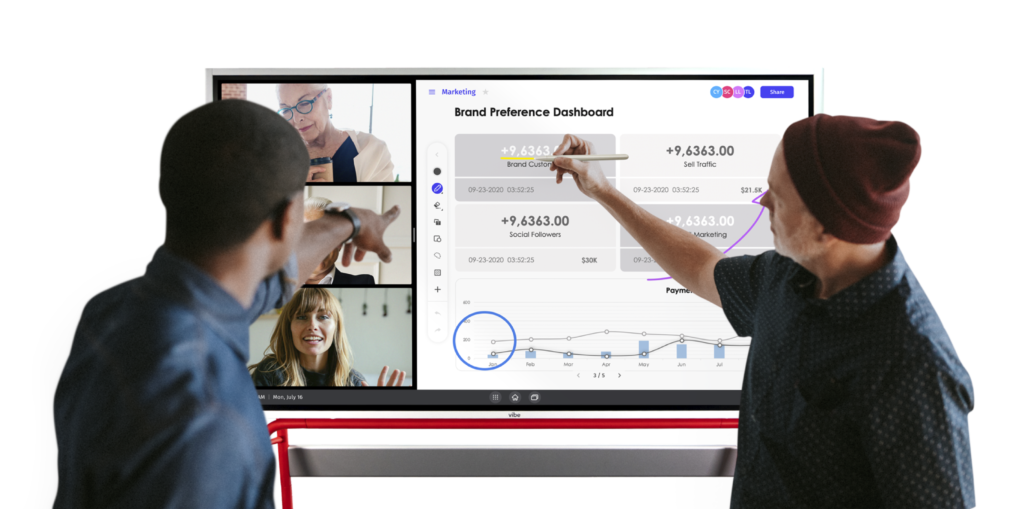 Team collaborating at Vibe Board S1 in modern office space, interacting with digital content while some members join remotely, demonstrating the smart workspace's hybrid capabilities.
Team collaborating at Vibe Board S1 in modern office space, interacting with digital content while some members join remotely, demonstrating the smart workspace's hybrid capabilities.As hybrid work becomes the norm, smart workspaces provide the flexibility needed to support employees regardless of where or when they choose to work. These environments seamlessly connect remote and on-site team members through integrated collaboration tools and digital platforms. Features like hot desking and room booking systems ensure that the physical office space can adapt to fluctuating occupancy levels while maintaining productivity.
7 Essential Technologies Powering Smart Workspaces
1. Interactive Whiteboards
Interactive whiteboards transform collaboration by enabling teams to brainstorm, annotate, and share ideas in real-time, regardless of location. These digital canvases integrate with other collaboration tools, allowing teams to import resources, save their work automatically, and continue sessions across multiple devices. The tactile experience of these smart whiteboards combines the familiarity of traditional whiteboards with powerful digital capabilities that enhance creative thinking and problem-solving.
2. IoT Sensors
The backbone of any smart workspace, IoT sensors collect real-time data on occupancy, temperature, lighting levels, air quality, and more. These unobtrusive devices provide the continuous stream of information needed to automate systems and optimize environments. Motion sensors detect when rooms are in use, environmental sensors monitor comfort conditions, and occupancy sensors track space utilization patterns—all working together to create responsive, efficient workspaces.
3. Room Booking Capabilities
Smart room booking systems eliminate the frustration of finding available meeting spaces by providing real-time visibility into room availability. These systems integrate with calendars and mobile apps, allowing employees to quickly locate and reserve appropriate spaces based on their needs. Some advanced systems can even suggest optimal meeting locations based on attendee locations, required equipment, and previous usage patterns.
4. Secure Access Controls
Biometric systems like fingerprint or facial recognition provide secure, convenient access to facilities without the need for physical keys or access cards. These technologies enhance security while simplifying the employee experience. Access controls can be integrated with other systems to automatically adjust environmental settings based on individual preferences when someone enters a space.
5. Smart Lighting and HVAC Systems
Intelligent lighting and climate control systems automatically adjust based on occupancy, time of day, and natural light conditions. These systems dramatically reduce energy consumption while creating more comfortable work environments. Some advanced systems can even learn individual preferences over time, automatically creating optimal conditions for specific employees or activities.
6. Advanced Video Conferencing
High-quality video conferencing equipment with features like auto-framing, noise cancellation, and seamless software integration ensures that remote collaboration is as effective as in-person meetings. These systems bridge the gap between on-site and remote workers, creating more inclusive meeting experiences regardless of location.
7. Functional Office Furniture
Smart furniture goes beyond ergonomics to actively support different work modes and preferences. Height-adjustable desks that remember user preferences and modular systems that can be quickly reconfigured for different activities all contribute to more dynamic, healthy work environments.
Smart Workspace Solutions for Different Environments
Smart Offices
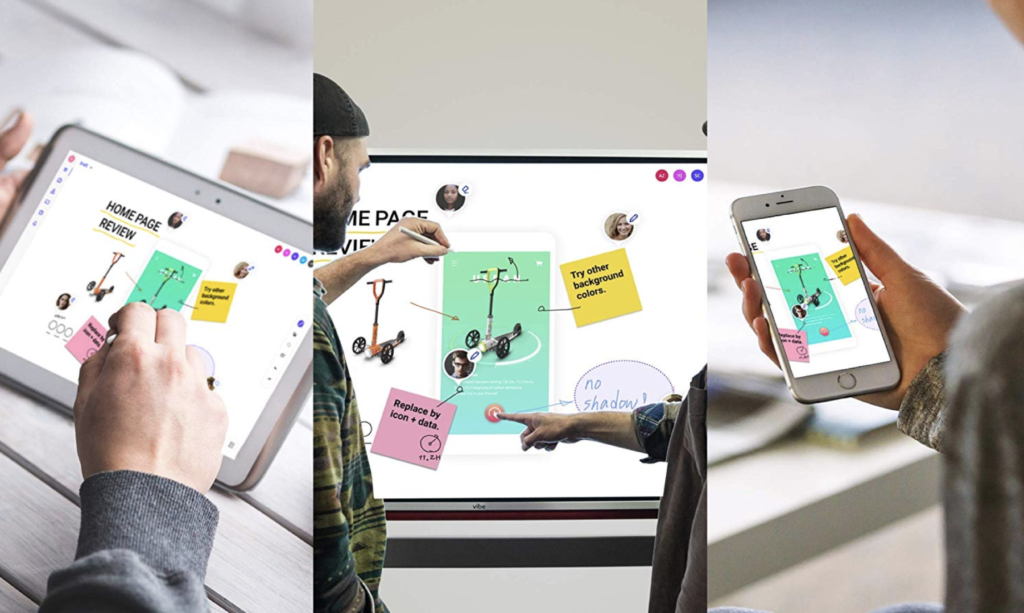 Vibe Board S1 interactive whiteboard displaying collaborative workspace with multiple users connecting from different devices including tablets, laptops, and smartphones, showcasing universal access regardless of operating system.
Vibe Board S1 interactive whiteboard displaying collaborative workspace with multiple users connecting from different devices including tablets, laptops, and smartphones, showcasing universal access regardless of operating system.Comprehensive smart offices integrate multiple technologies to create holistic environments that support diverse work activities. These spaces typically include a mix of individual workstations, meeting rooms, collaboration areas, and quiet zones—all enhanced by intelligent systems that optimize conditions and usage. Real-time data helps manage occupancy, while integrated platforms ensure that all systems work together seamlessly.
Huddle Rooms
These compact collaboration spaces are designed for small group interactions, typically accommodating 2-6 people. Equipped with video conferencing tools, digital displays, and often interactive whiteboards, huddle rooms provide ideal environments for brainstorming sessions, quick team check-ins, and focused project work. Their small footprint and technology integration make them perfect for supporting agile teamwork in modern workplaces.
Smart Classrooms
 Teachers using an interactive whiteboard in classrooms to engage students with dynamic lessons.
Teachers using an interactive whiteboard in classrooms to engage students with dynamic lessons.Educational environments benefit tremendously from smart workspace concepts. Interactive displays for teaching, student response systems, and integrated learning platforms create more engaging, effective learning experiences. These technologies support diverse teaching methods and learning styles while providing educators with valuable insights into student engagement and comprehension.
AEC Workspaces
Architecture, Engineering, and Construction professionals require specialized smart workspace solutions that support complex visualization and collaboration needs. Large-format interactive displays for reviewing plans, VR and AR systems for experiencing designs before they’re built, and robust project management tools help these teams work more effectively across disciplines and locations.
Hybrid Work Environments
Perhaps the most common application of smart workspace concepts today is supporting hybrid work models. These environments seamlessly connect on-site and remote workers through integrated digital platforms, ensuring that collaboration remains effective regardless of location. Features like hot desking, digital wayfinding, and virtual meeting capabilities are essential components of successful hybrid workspaces.
Tips for Implementing a Smart Workplace Strategy
Assess Organizational Needs
Begin with a thorough evaluation of your specific goals and challenges before investing in technology. Identify the solutions that will have the greatest impact on productivity and employee experience in your unique context.
Communicate the Benefits Clearly
Overcome resistance to change by clearly articulating how smart workspace technologies will improve daily work experiences for employees at all levels. Focus on concrete benefits rather than technical specifications.
Engage Employees in Decision-Making
Involve end-users in the planning process to ensure that solutions address actual needs and preferences. Early engagement builds buy-in and helps identify potential issues before implementation.
Provide Comprehensive Training
Offer varied learning opportunities that accommodate different learning styles to ensure employees feel confident using new technologies. Ongoing support resources help maintain adoption over time.
Start Small with Pilot Programs
Test new technologies in limited areas before full-scale implementation to gather feedback and demonstrate value. Successful pilots build momentum for broader adoption.
Prioritize Integration with Existing Systems
Ensure new technologies work seamlessly with your current tools to avoid creating new frustrations or workflow disruptions. Integration reduces the learning curve and maximizes return on existing investments.
Foster a Culture of Innovation
 Team brainstorming on Vibe Board S1 interactive whiteboard, adding colorful digital notes and sketches that showcase innovative thinking and collaborative problem-solving.
Team brainstorming on Vibe Board S1 interactive whiteboard, adding colorful digital notes and sketches that showcase innovative thinking and collaborative problem-solving.Encourage experimentation and reward creative uses of new technologies to drive engagement and discover unexpected benefits. An innovation mindset helps organizations maximize the value of their smart workspace investments.
Monitor Adoption and Adjust Strategies
Implement ongoing assessments to track how technologies are being used and identify areas for improvement. Regular evaluation ensures that your smart workspace continues to evolve with changing needs.
The Future of Smart Workspaces
The evolution of smart workspaces continues to accelerate, with each innovation building on the last. Tomorrow’s workplaces will leverage artificial intelligence and machine learning to create environments that not only respond to needs but anticipate them. Predictive analytics will transform space utilization, while augmented and virtual reality will revolutionize how teams visualize and interact with complex information. What makes this technological evolution truly powerful isn’t the technology itself, but how it centers human needs within increasingly sophisticated environments. The most successful smart workspaces won’t simply showcase impressive technology—they’ll create environments that genuinely enhance human potential, making work more meaningful and collaboration more intuitive.
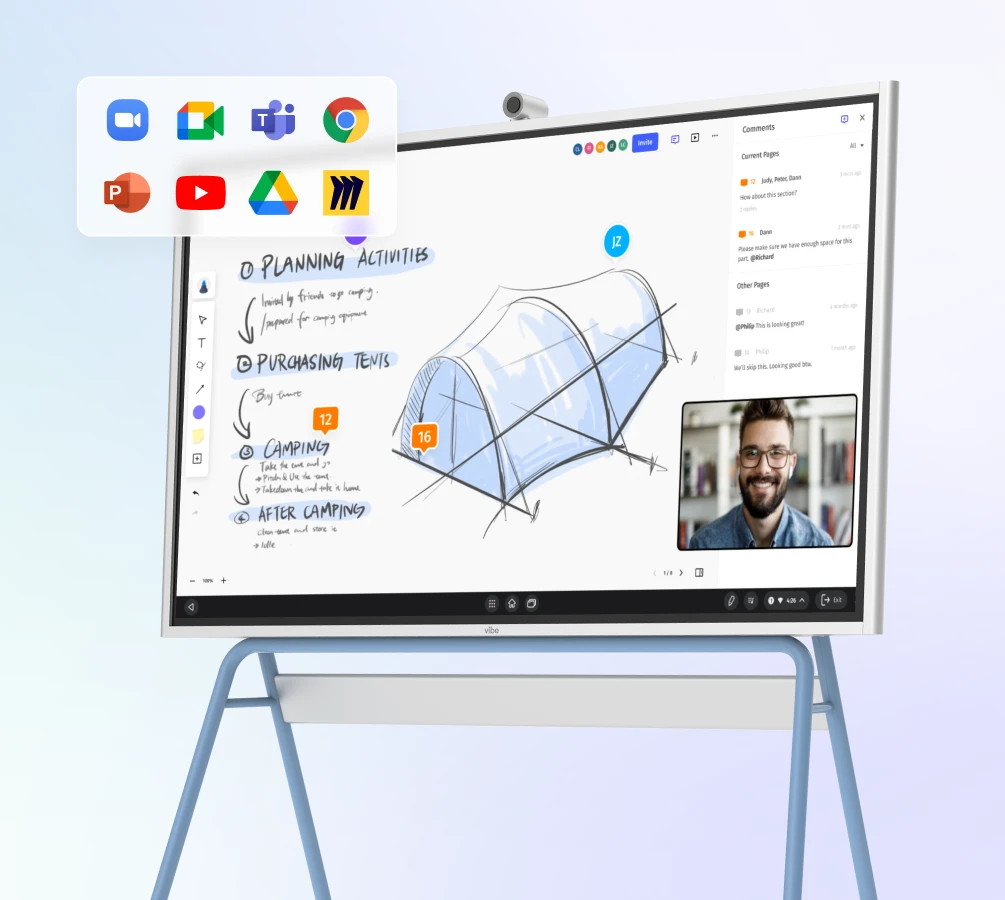 Chrome OS-powered Vibe Board S1 displays its digital canvas interface with intuitive drawing tools and app integration options visible, demonstrating its smart whiteboard functionality.
Chrome OS-powered Vibe Board S1 displays its digital canvas interface with intuitive drawing tools and app integration options visible, demonstrating its smart whiteboard functionality.At the core of this workplace evolution lies innovative technology like the Vibe Board S1, showcasing how smart collaboration tools can elevate teamwork without complicating processes. Its user-friendly interface and robust integration capabilities make it an ideal solution for organizations seeking to create more intelligent, connected environments. The Vibe Board S1 integrates cutting-edge AI features, including an AI-powered camera with auto-framing capabilities, intelligent text recognition that converts handwriting to digital text, and shape perfection technology. With built-in access to over 250 workflow apps, including AI tools and ChatGPT, Vibe continues to invest in cutting-edge advancements that fulfill its mission of helping people work smarter, easier, and happier.
Organizations that begin implementing these solutions today position themselves to attract top talent, drive innovation, and adapt to future challenges with confidence. The smart workspace represents more than a collection of technologies—it’s a fundamental reimagining of how work environments can empower people to do their best work, wherever they are.
Ready to see how the Vibe Board S1 can transform your workspace?



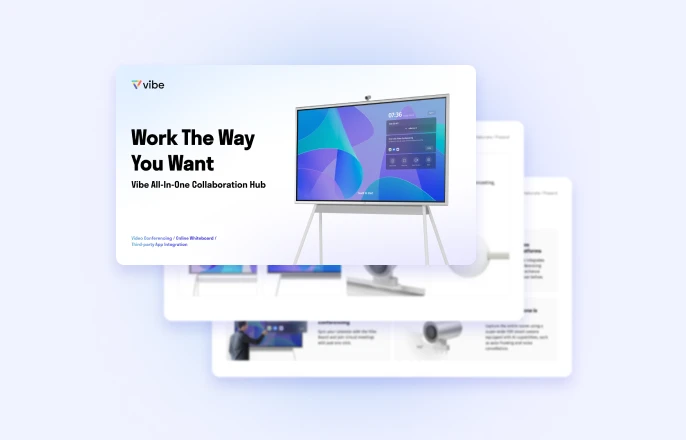
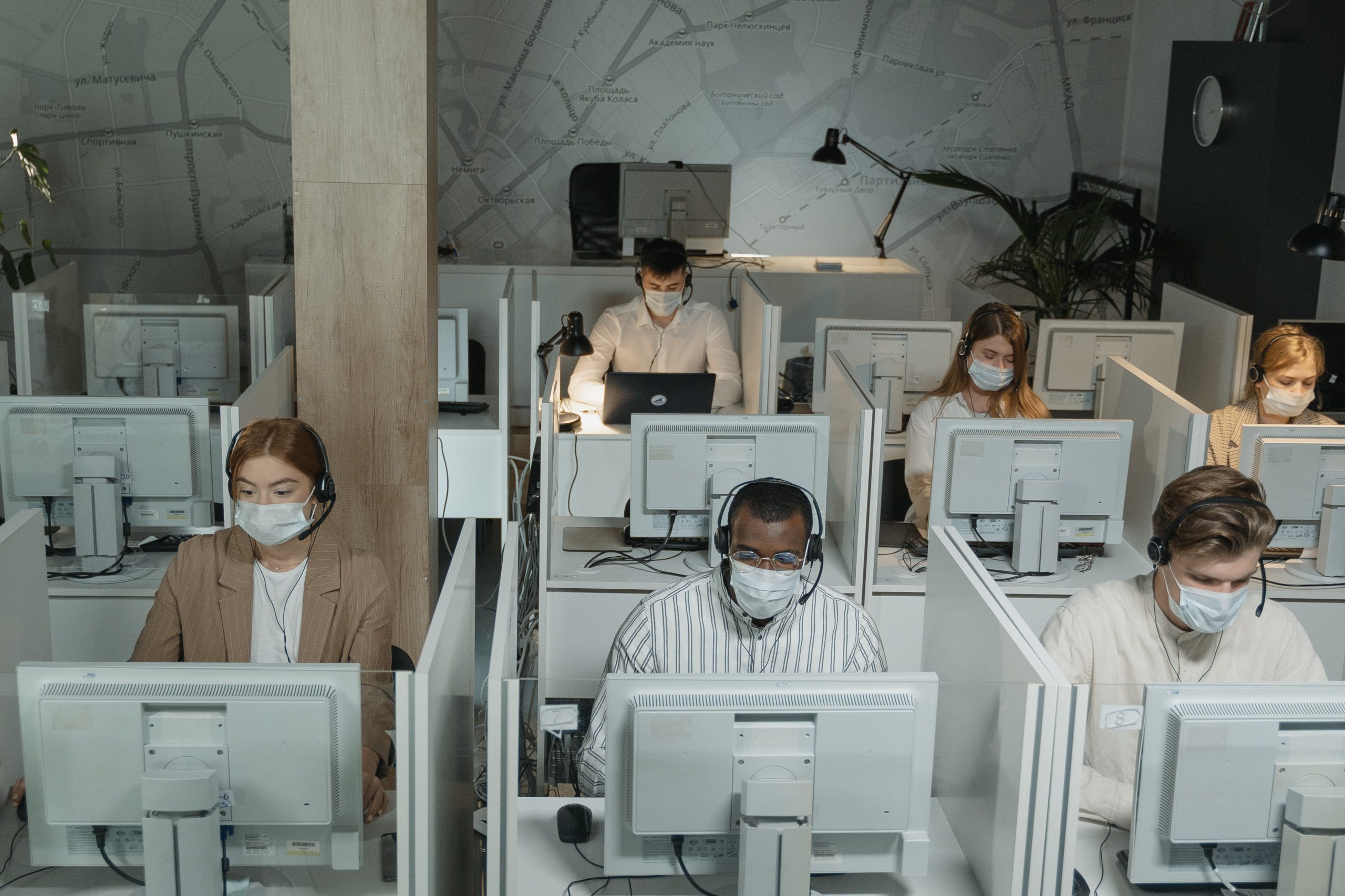
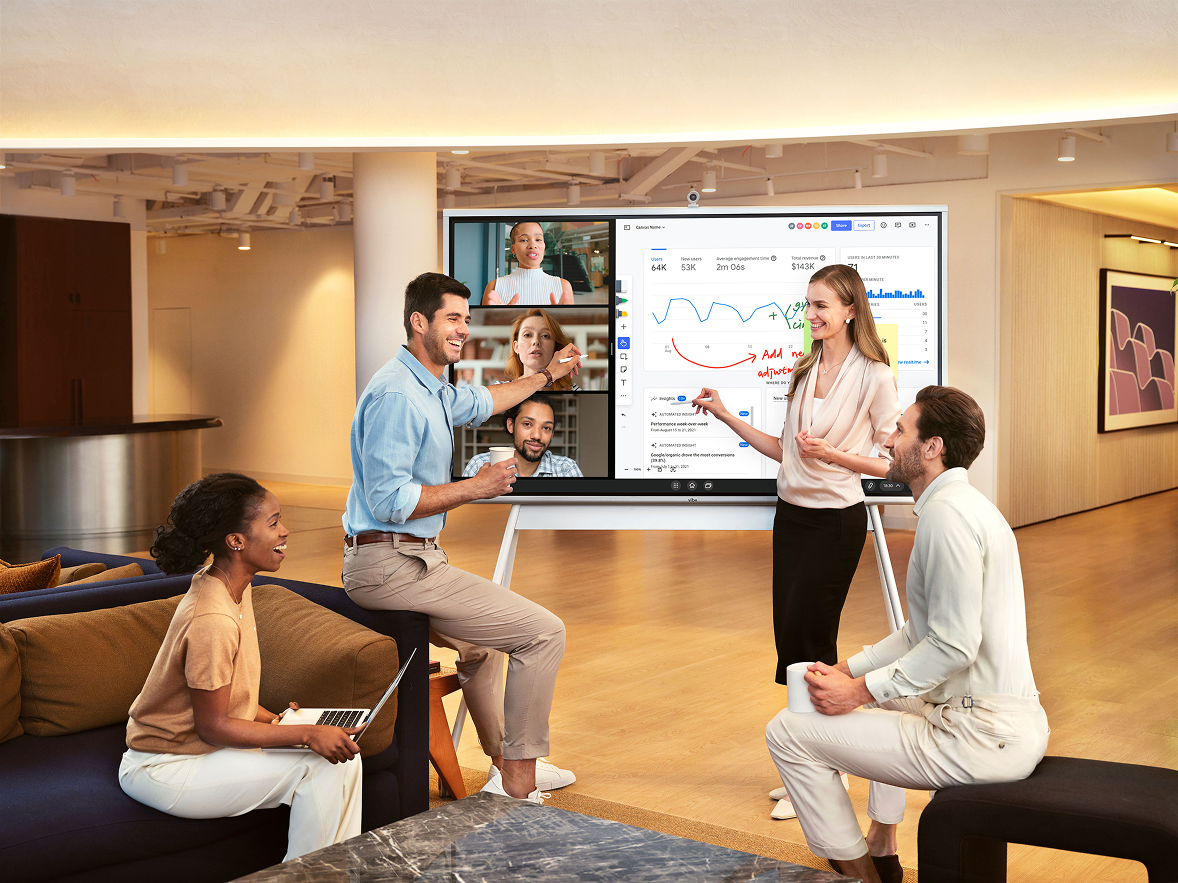


-1sbltxxq4FYxHrXrwJVLsCDNsXpqNa.webp)
-5Zp0pmSytvcuYDVs1LvuwplKuRneK0.webp)
